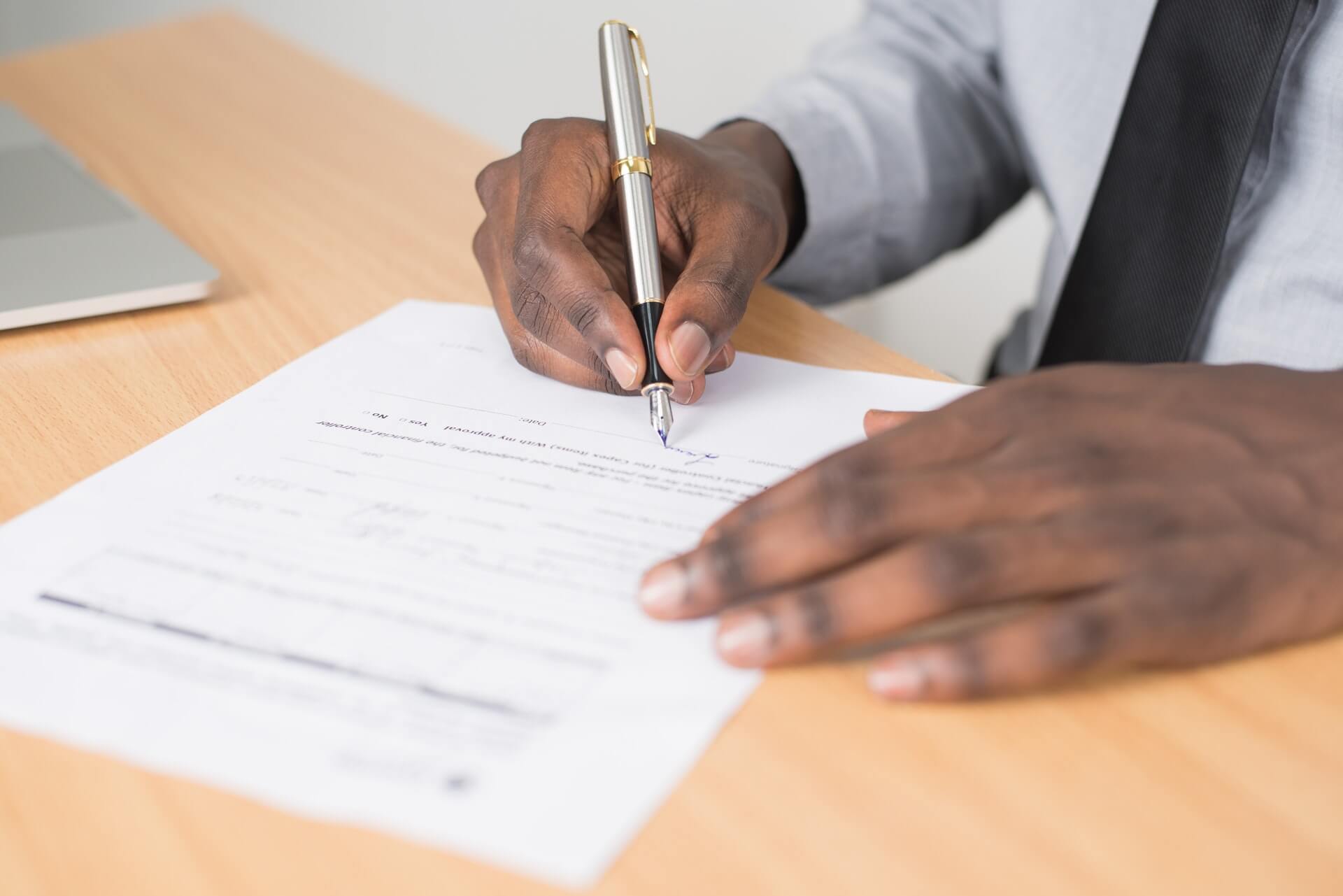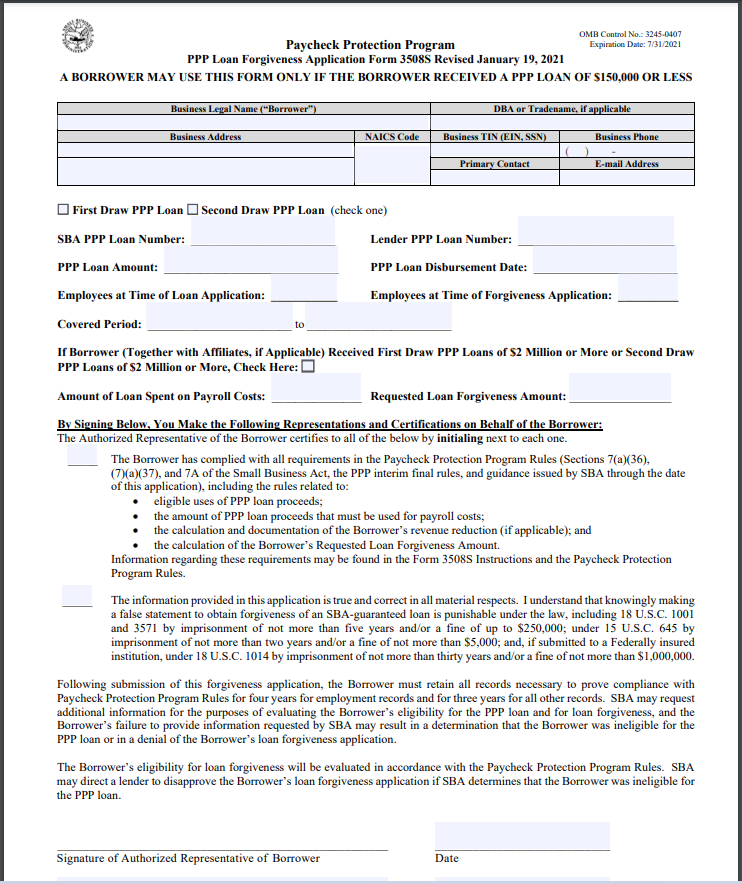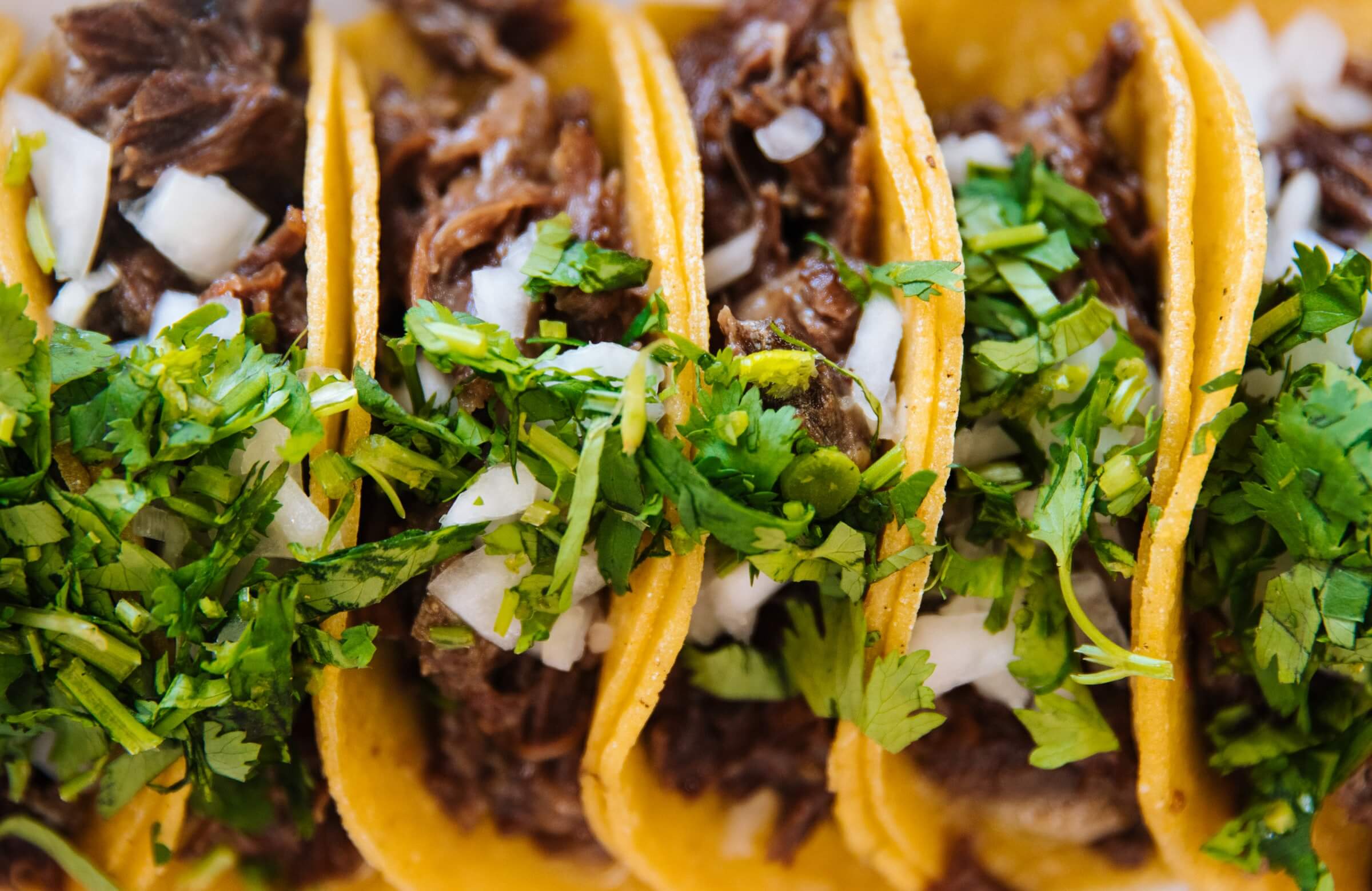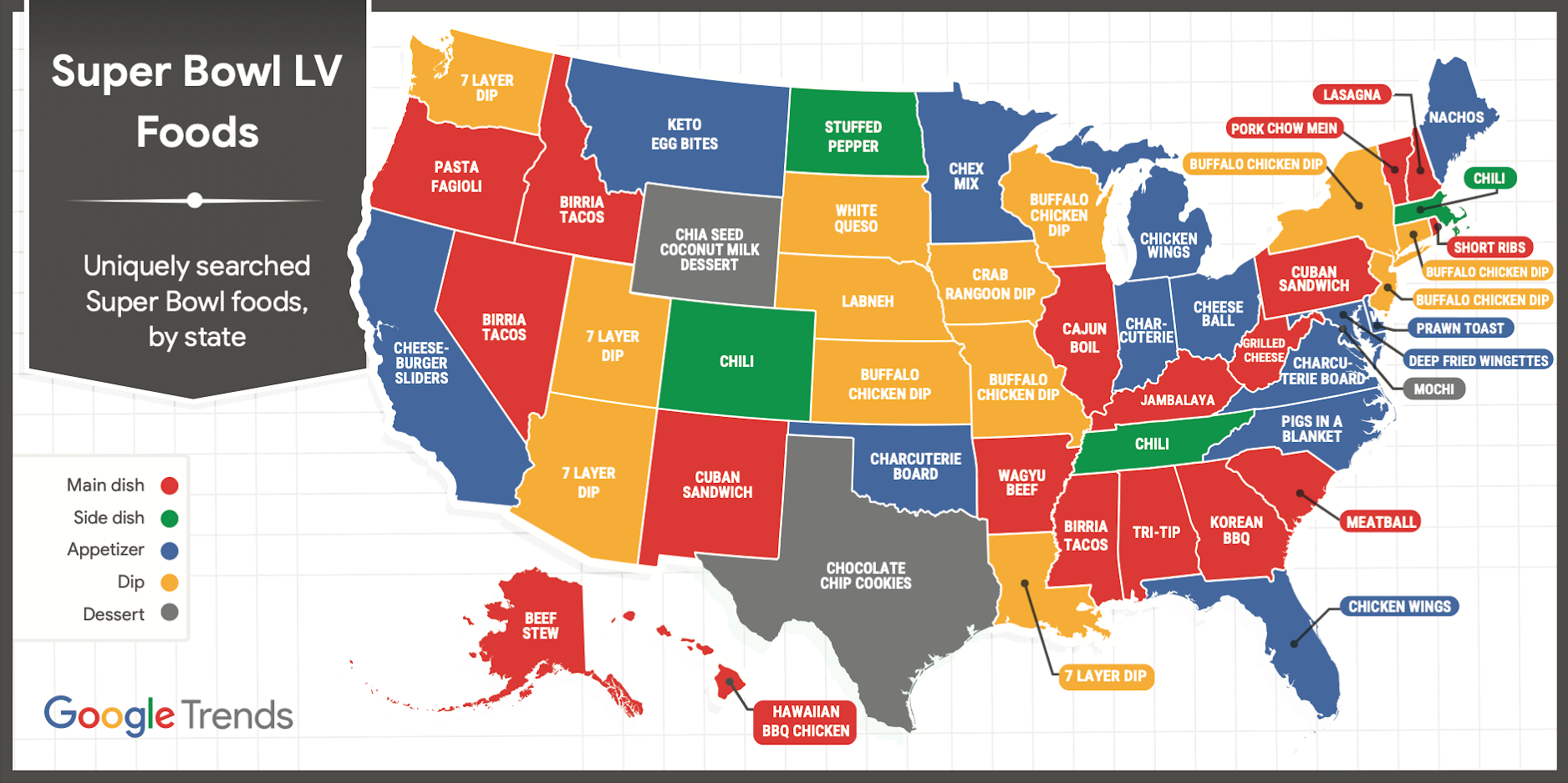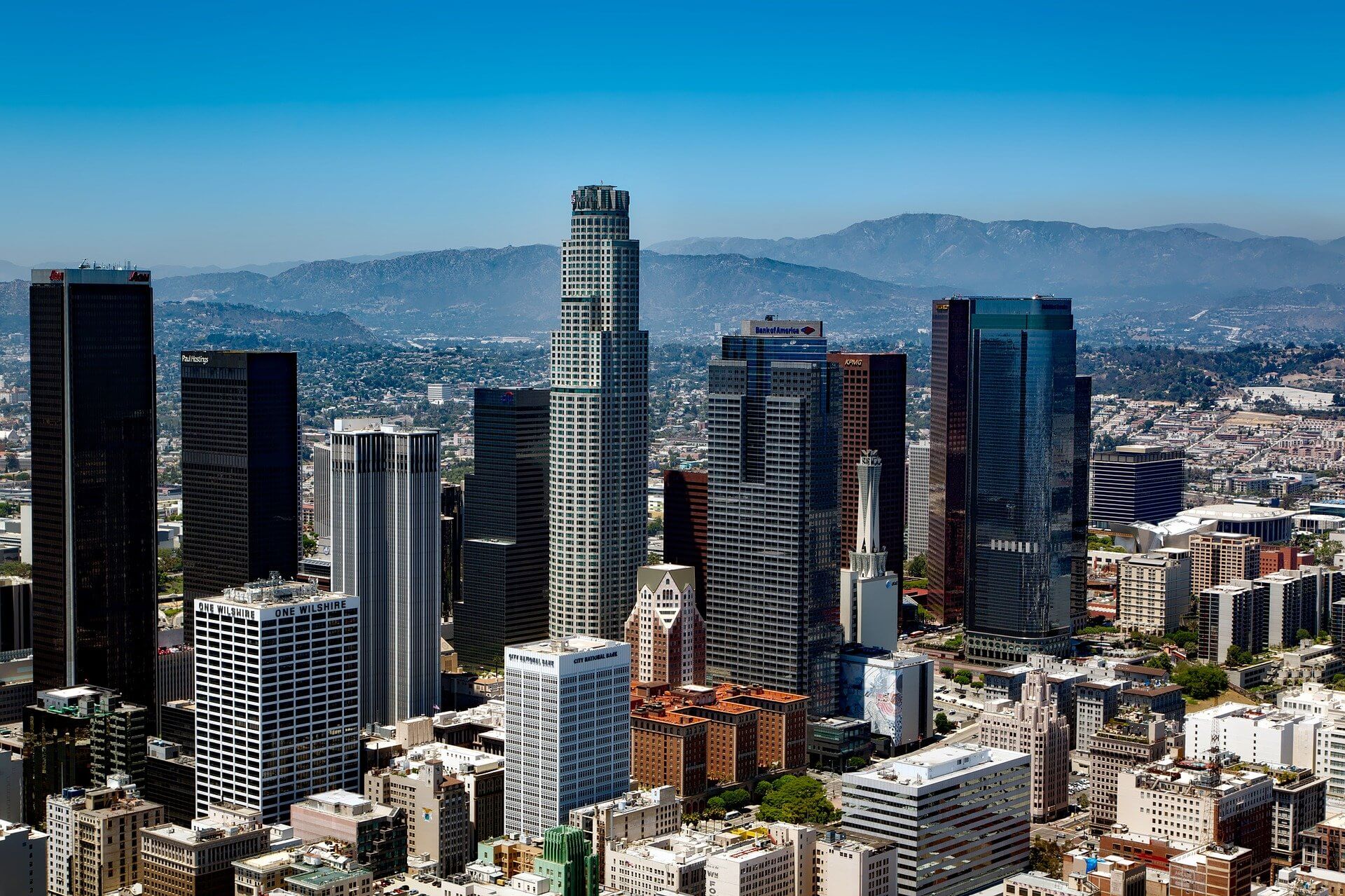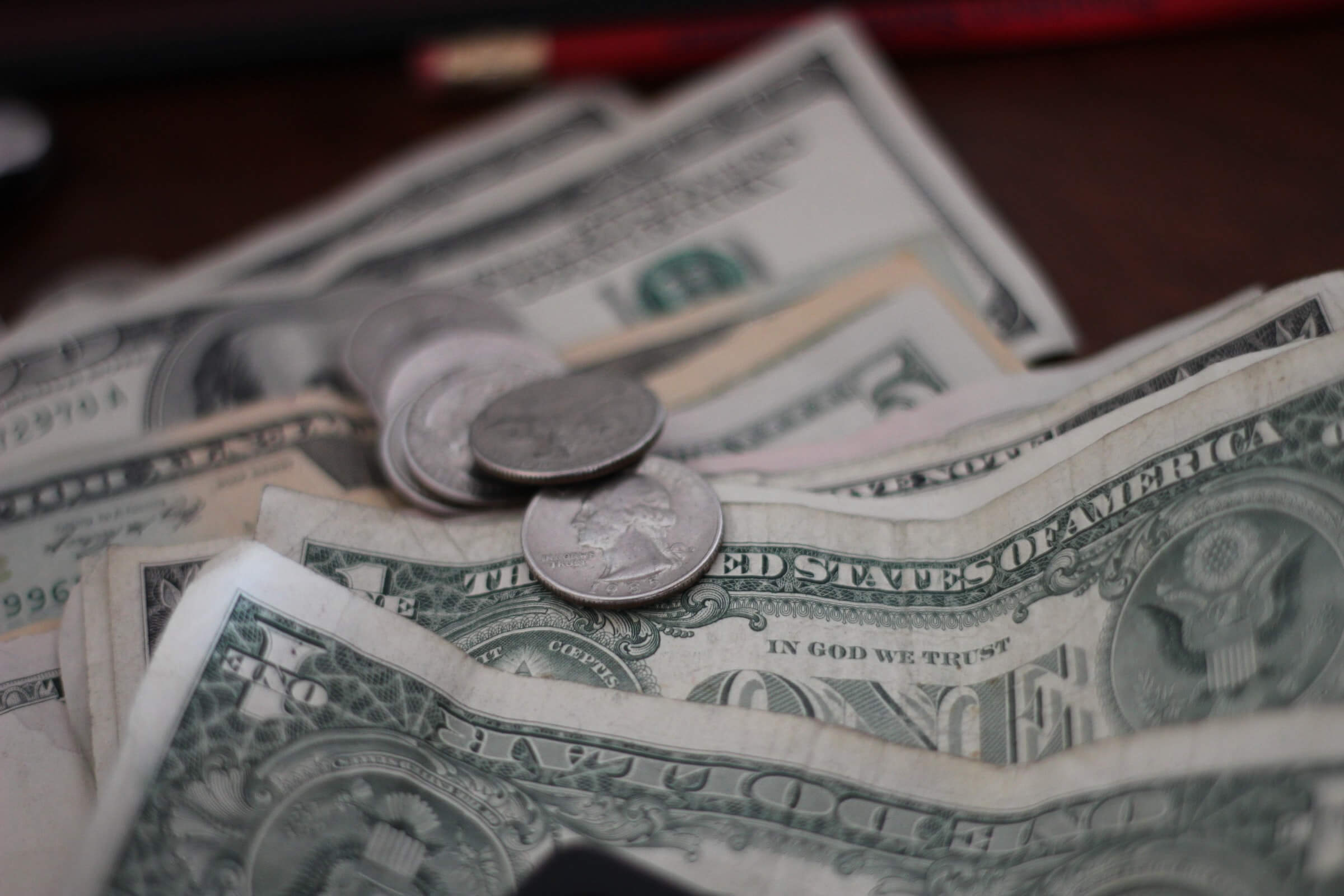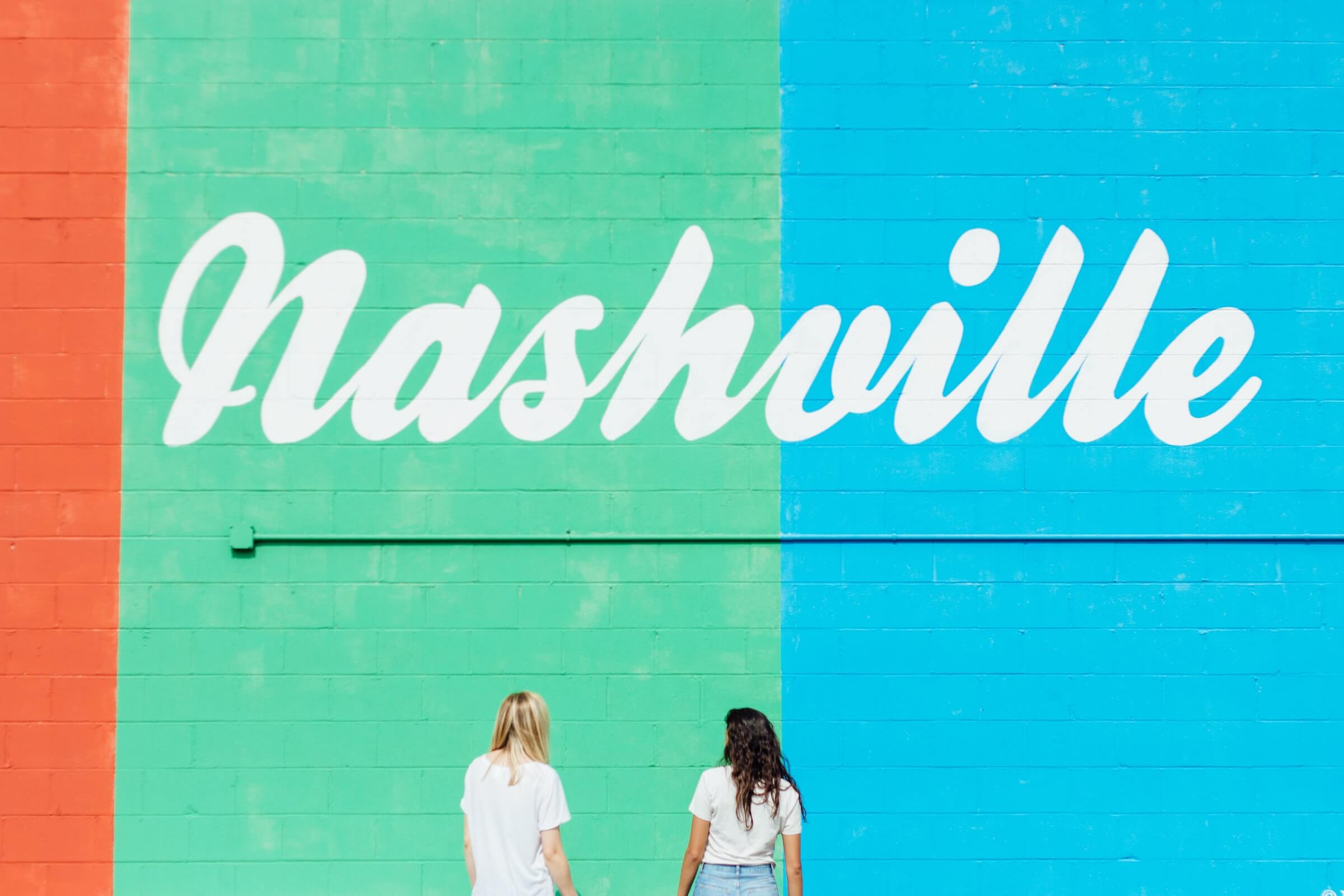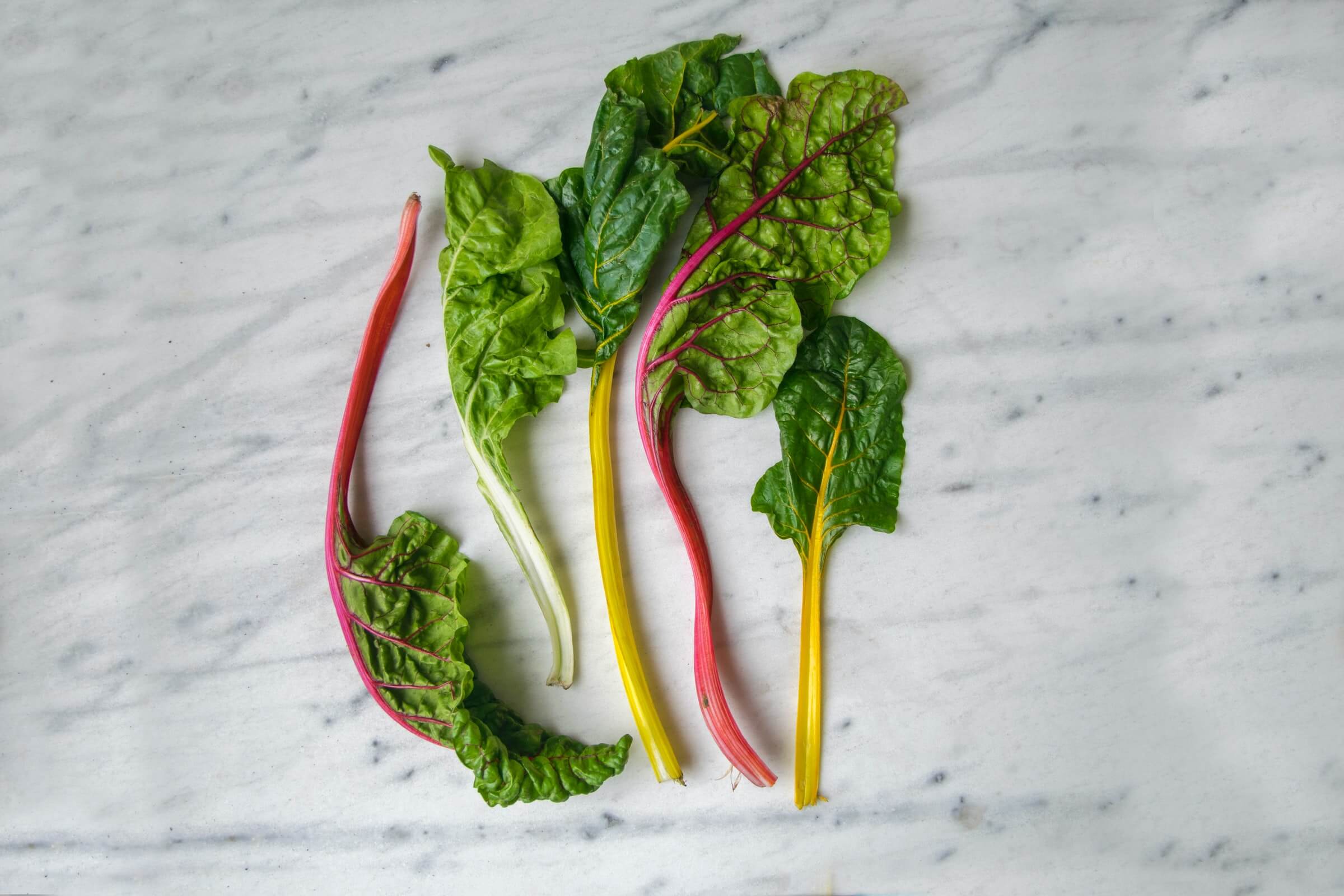Introducing KRG Mindset Coaching
by David Klemt

Seeking an alternative to complete start-up planning and project management? The solution you’re looking for is KRG Mindset Coaching.
Just like every operator is unique, each project brings with it distinct challenges that require individual approaches and plans.
Some projects are already under way but need help moving forward. KRG Mindset gives these projects the help needed to cross the finish line and achieve long-term success.
What is Mindset Coaching?
Owning a hospitality business may look great on paper, but starting a hospitality business can be really quite stressful:
- There are what seem to be endless hours of planning.
- There are numerous third-parties involved.
- There are often hundreds of thousands of dollars at stake.
- There are over 500 unique tasks to complete.
It doesn’t matter if this is your first, fifth, or twentieth project—it’s crucial that you be both prepared and organized when opening a new concept or expanding operations.
However, not every project requires our full suite of targeted solutions, which includes feasibility studies, conceptual planning, business planning, brand development, guest experience strategies, food & beverage programs, and operational assessments.
If you’re beyond the idea stage but find your project is struggling to reach the finish line, we’re here to help. And just like a project in its earliest days, you’ll receive the unique, fully customized KRG treatment.
Is Mindset the Solution for You?
KRG Mindset provides a unique, coaching-style program that helps your start-up make continual forward progress:
- Receive a dedicated consultant who will be an approachable advisor for you and your project. They’ll review and navigate your start-up questions and challenges, and be your compass to provide you with a clear path towards a successful opening.
- Weekly 1-on-1 video/phone sessions with access to a private calendar: a weekly session in which we evaluate the past week and define required actions for the next week with a focus on budgets, timelines, and industry-specific consulting.
- Your dedicated consultant is also available for second opinions and the review of: key documents, location, concept, branding, layouts, equipment, menu, service, technology, labor and financial optimization, system development, operations, marketing, and overall strategic clarity.
- Your consultant will help you see the blind spots throughout your project, positioning you to maintain your budget and desired opening date.
- Your consultant will help you make strong, educated decisions throughout your start-up project that will have a positive impact on the successful start of your restaurant, bar or hospitality brand.
- And finally, your advisor will coach you so you become more confident, energized, and motivated about your opening while holding you accountable and helping you become a better leader through the creation of new habits, communication methods, and decision-making processes.
Click here to schedule a call.
Or, if you’re looking for a more hands-on approach where we develop the winning plans and property for and with you, we invite you to learn more by choosing your preferred option: Restaurants & Cafes, Bars & Lounges, Boutique Hotel & Resorts, or Golf, Gaming & Entertainment.
Images: KRG Hospitality

